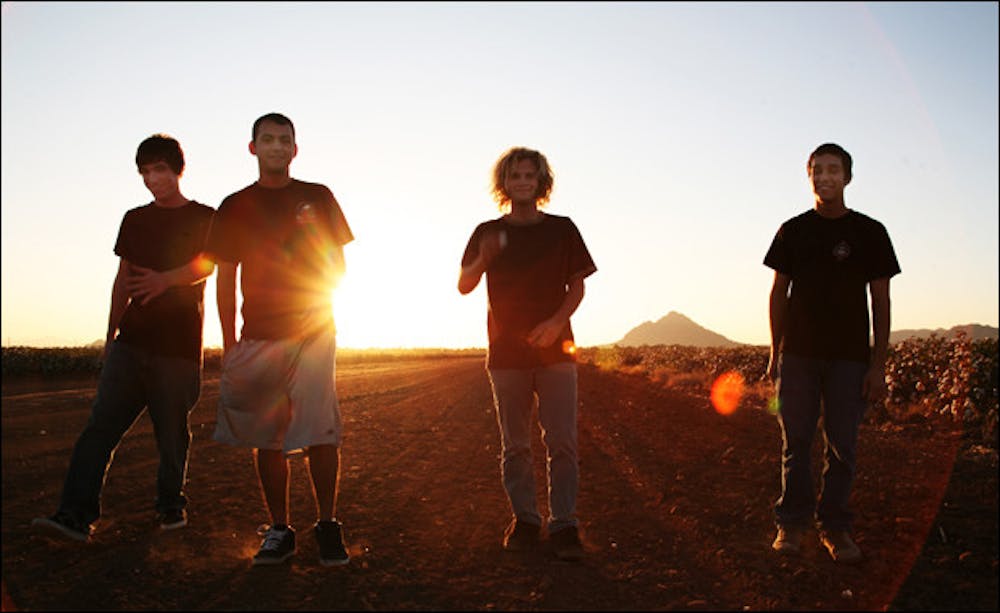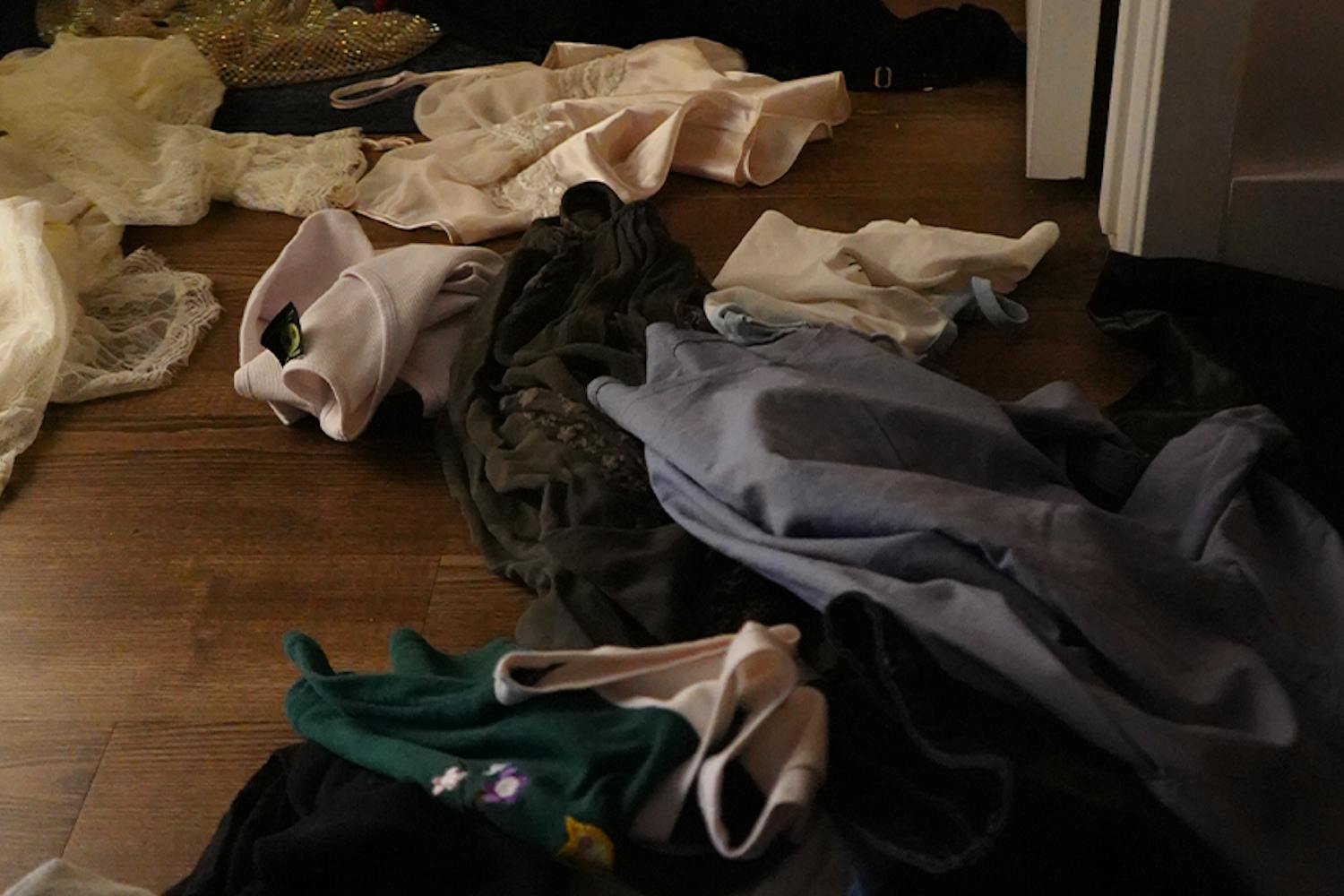While many bands want to sound fresh, like something never heard before, one band sought a traditional sound using none other than technology.
Shindiga Digshin is a Phoenix-based, young man blues band consisting of Stu Garney and Michael Colucci on guitar and vocals, Cory Altuna, or “Tuna,” on bass and vocals, and Stephen Varns on drums and vocals.
Shindiga Digshin started in 2005. Garney says the name just came to him out of thin air one day.
“Me and Varns started playing at bookstores — Varns played the bongos and I played the acoustic guitar,” Garney says. “Then we recruited Mike and finally Tuna on the bass guitar.”
The band, members of which had all been friends since middle school, continued to play bookstores.
“Then we turned up to electric one day, and the rest is history,”
Colucci says, laughing. The band has been playing electric for the past year.
Crazy Horse, The Band, Neil Young, Jimi Hendrix, Stephen Stills and Bob Dylan — to name a few ¬— are some major influences of Shindiga Digshin. Buddy Guy, Howlin’ Wolf, Muddy Waters and Robert Johnson are also named as those behind the bluesy sound of the band.
“You would have thought it would have been our parents,” Garney says, explaining how he and Colucci were able to name such influences. “But it really wasn’t at all.”
“We found this Neil Young and Crazy Horse CD — “Everyone Knows This is Nowhere” — and we were just totally into that,” Colucci says. “That was the first jam CD I’ve ever heard and I was just into instantly and it just went from there.”
The band sometimes records with a Pierceton Parlor, a backing man with a Native American sound who switches to blues when playing with Shindiga Digshin.
Their debut album, “Tabula Rasa,” was released last fall. The record is 11 tracks and is soon to be followed by their new album, “See Through Disguise.” Soon to be released, the new album was recorded at Chaton Studios and had a little touch of classic added to it.
“We cherish the sound of days past — like the old tape and analog sound,” Garney says. “So we were trying to kind of wash the music we did all digitally through the tape to give it a more kind of tapey sound.”
Shindiga Digshin had recorded their new album, then recorded it to tape, then put it back into the system, where it was shipped off to be mastered.
“It just adds a little nuance of oldness to it,” Garney says.
To the band, this is a big deal.
“We were always wanting to record something on a tape, it’s just expensive and it’s a long process,” Colucci says, “this is the closest we could get.”
Shindiga Digshin’s live performance can range from short and sweet songs or as long as a 15-minute jam session.
“Other bands, they’ll play a show and they’ll try to fit as many small songs as they can in their small window of time,” Garney says.
“We go to a show and play like two songs or three songs and jam the whole time.”
Colucci says nothing’s written out or exact, “it’s just the origin of the moment.”
Shindiga Digshin was definitely not meant for this decade.
Reach the reporter at lauren.cusimano@asu.edu.




